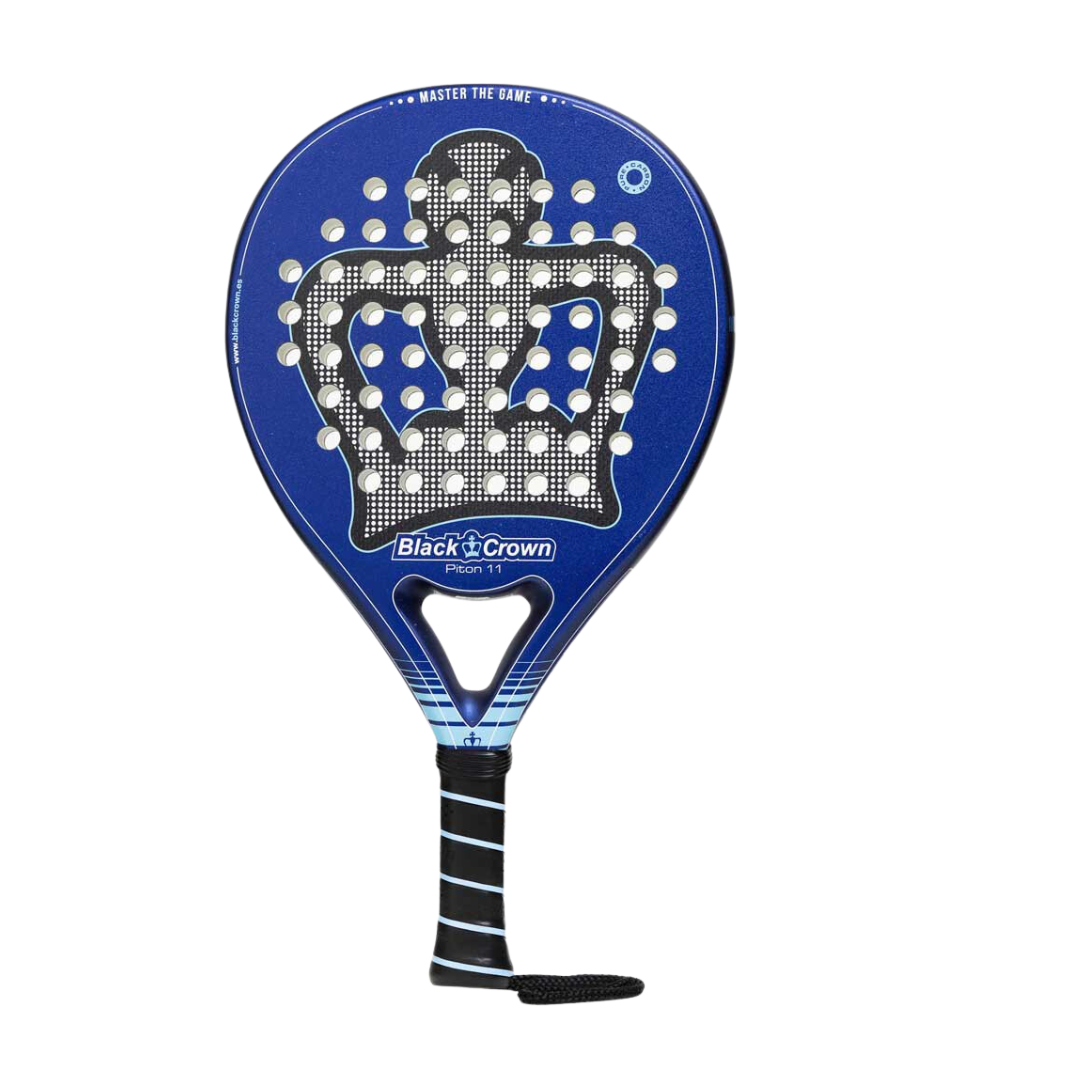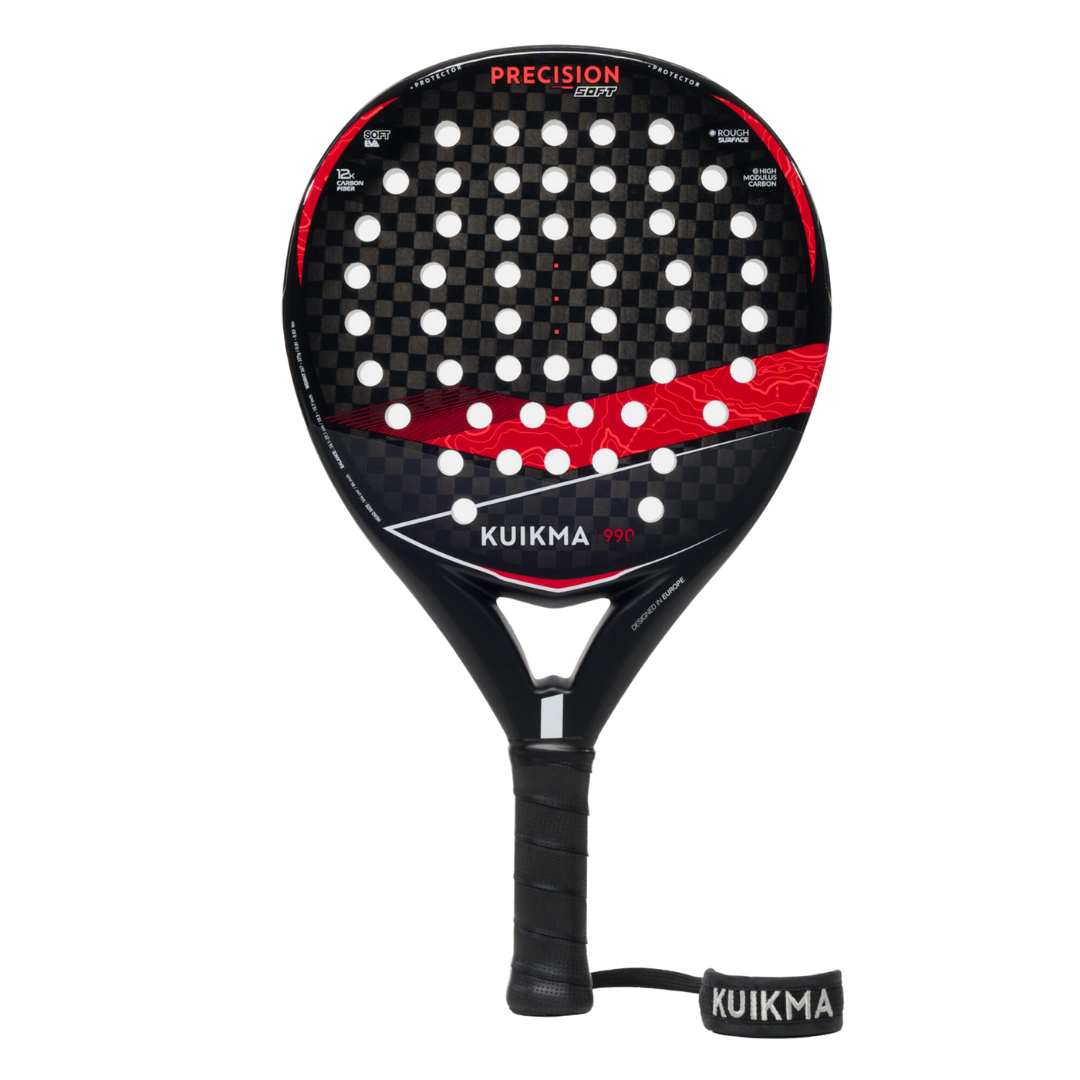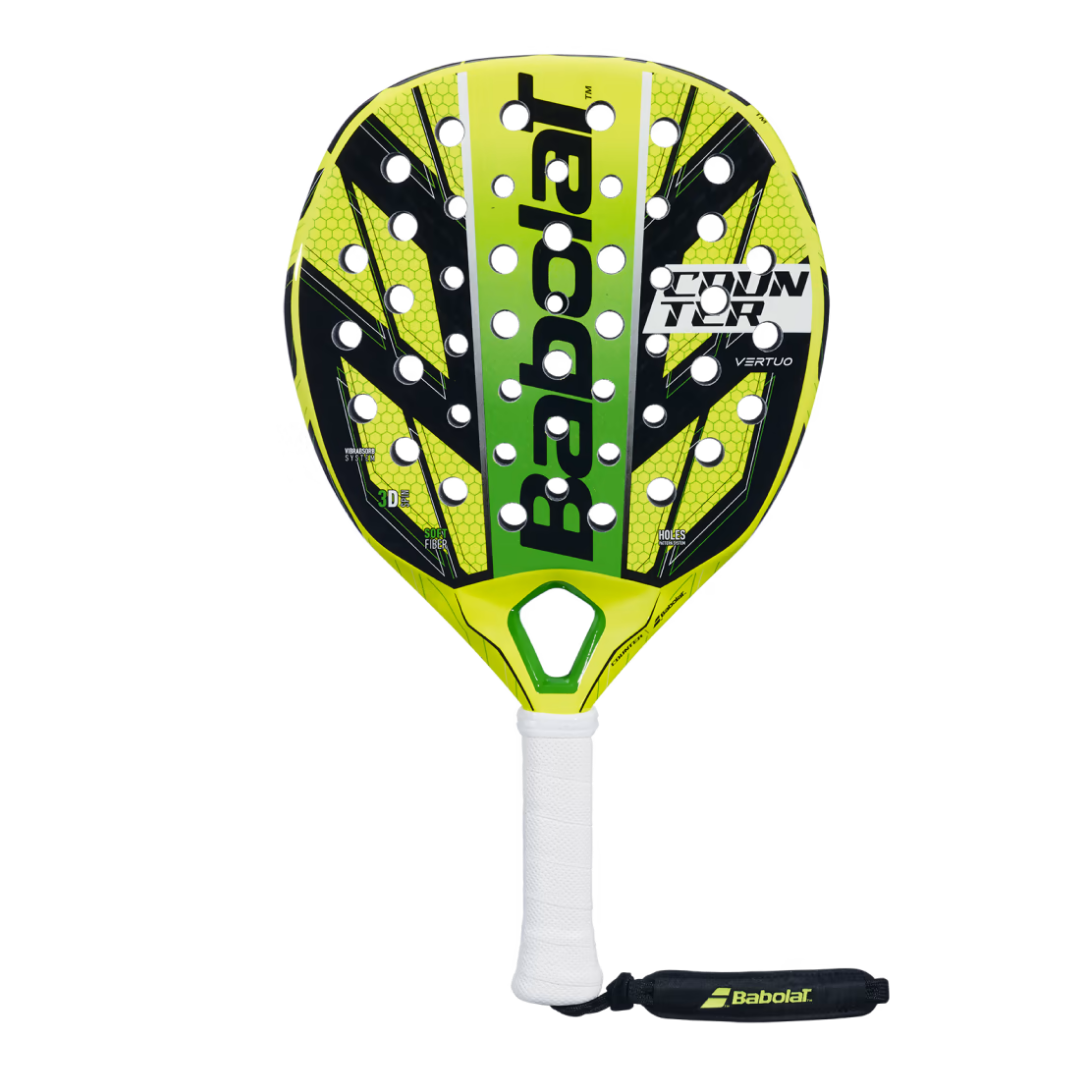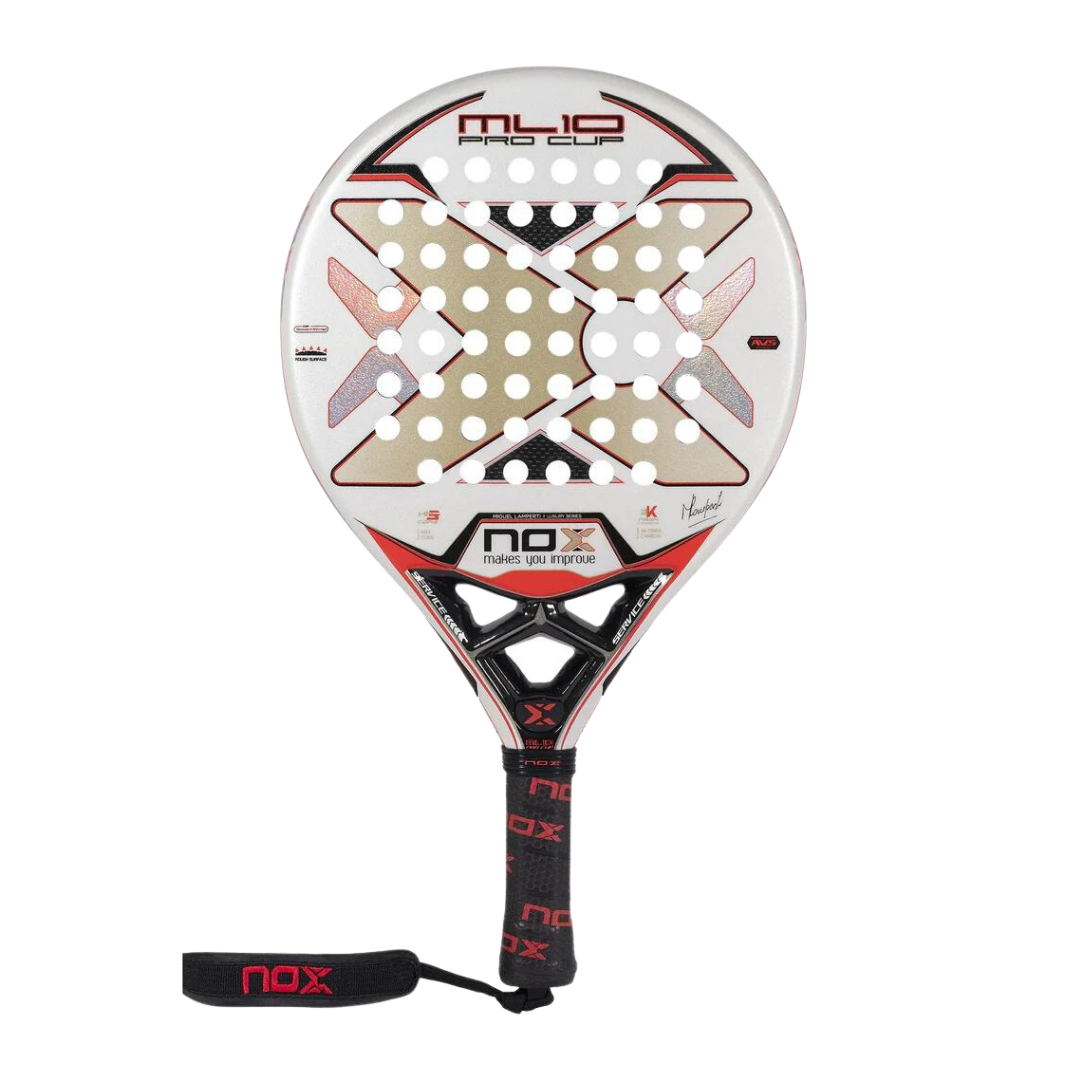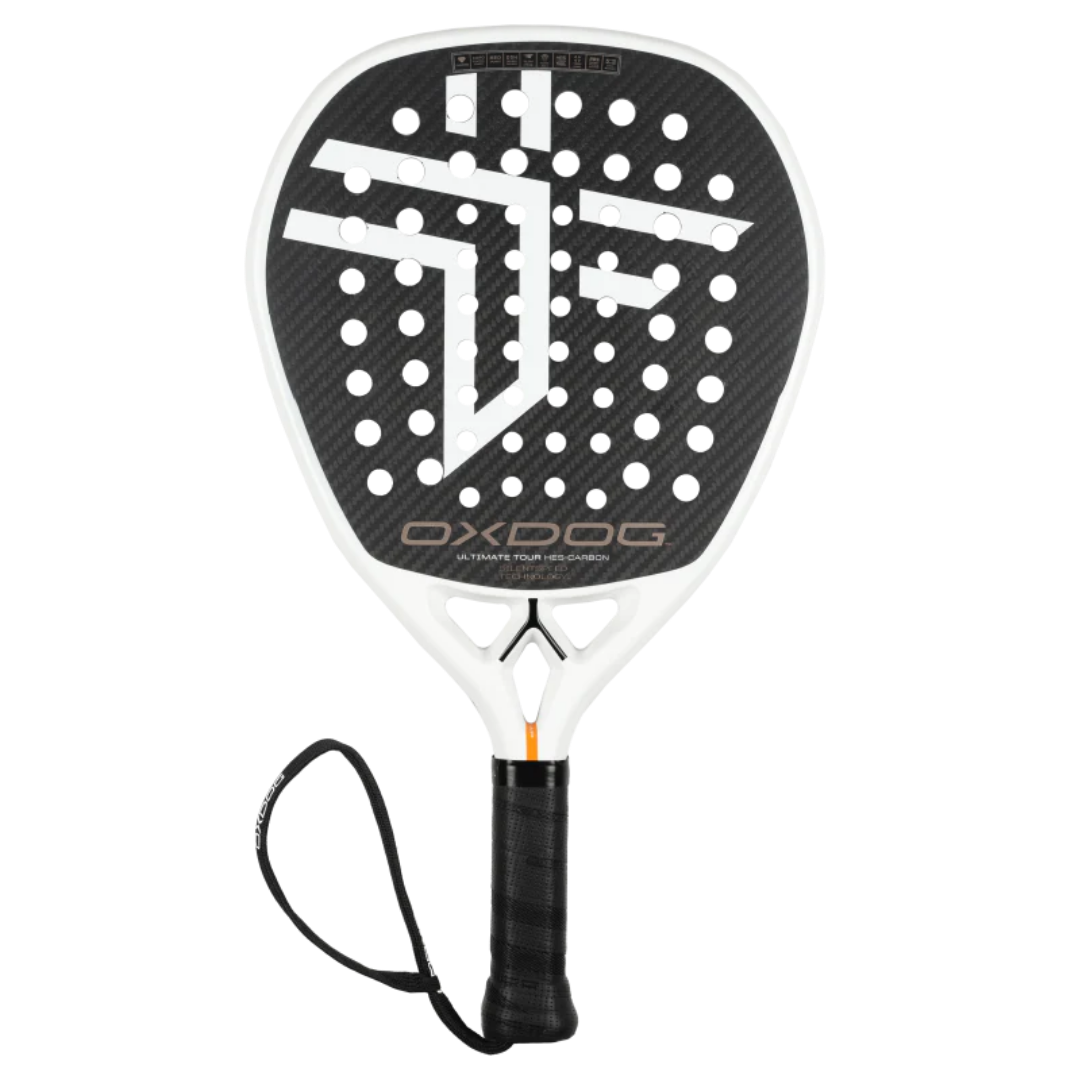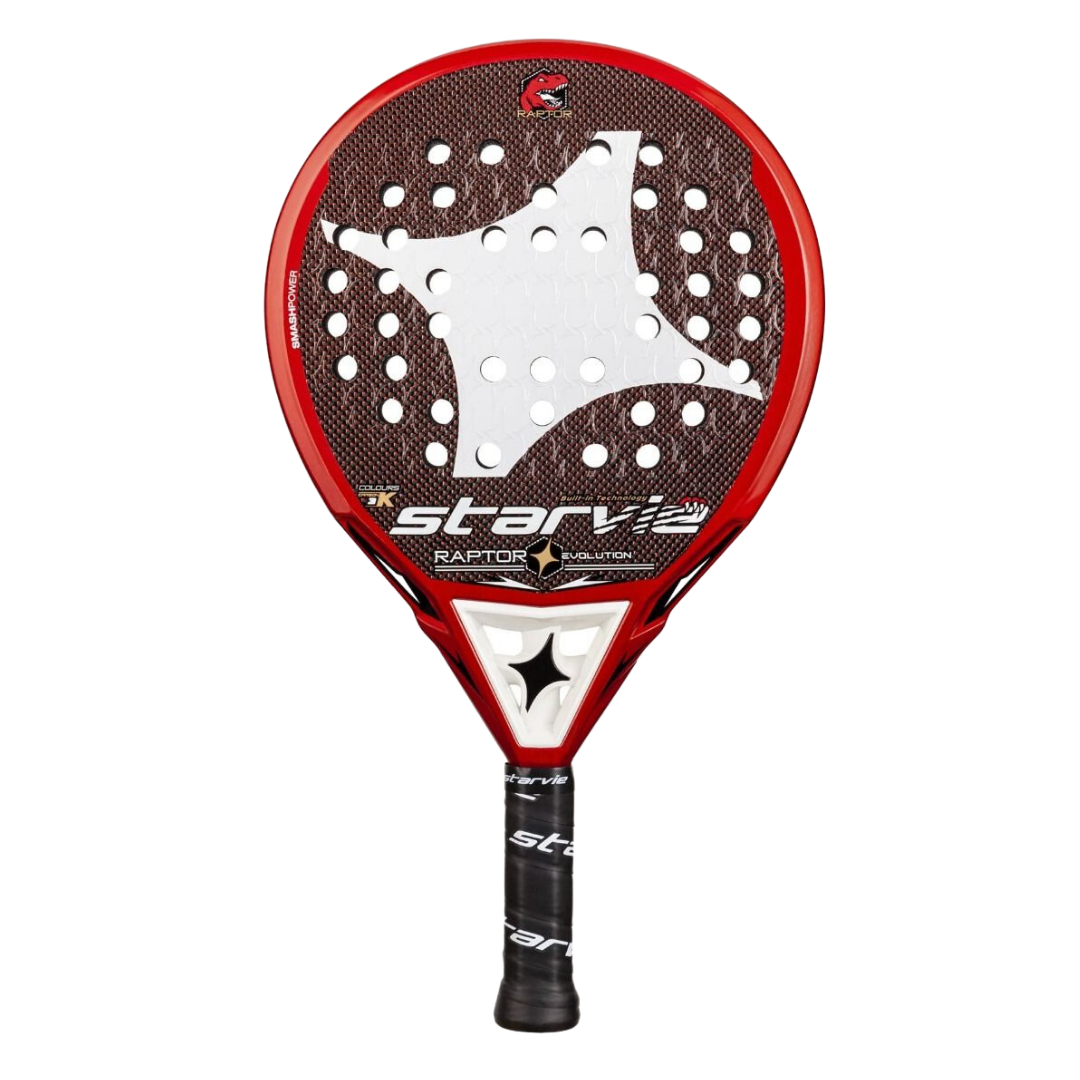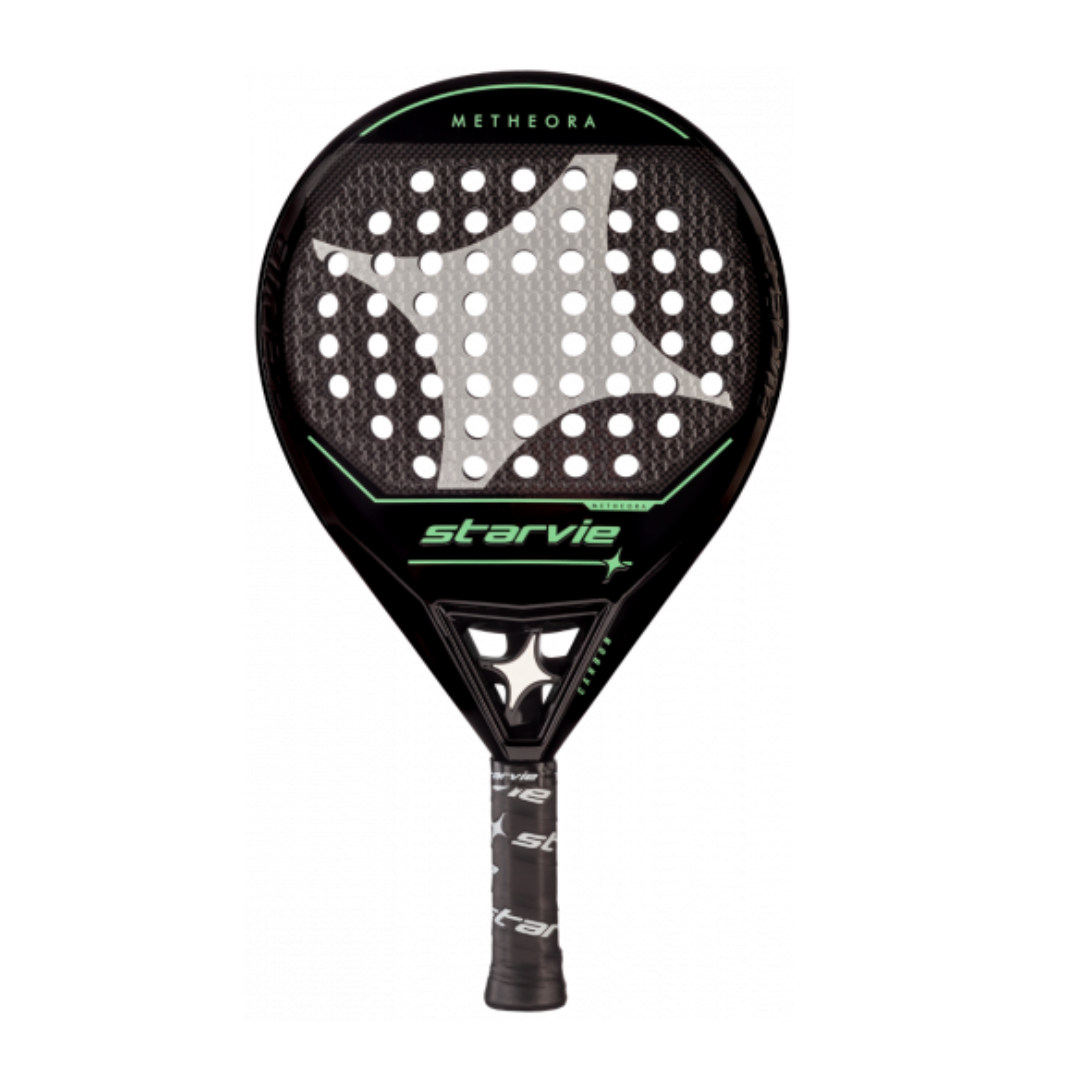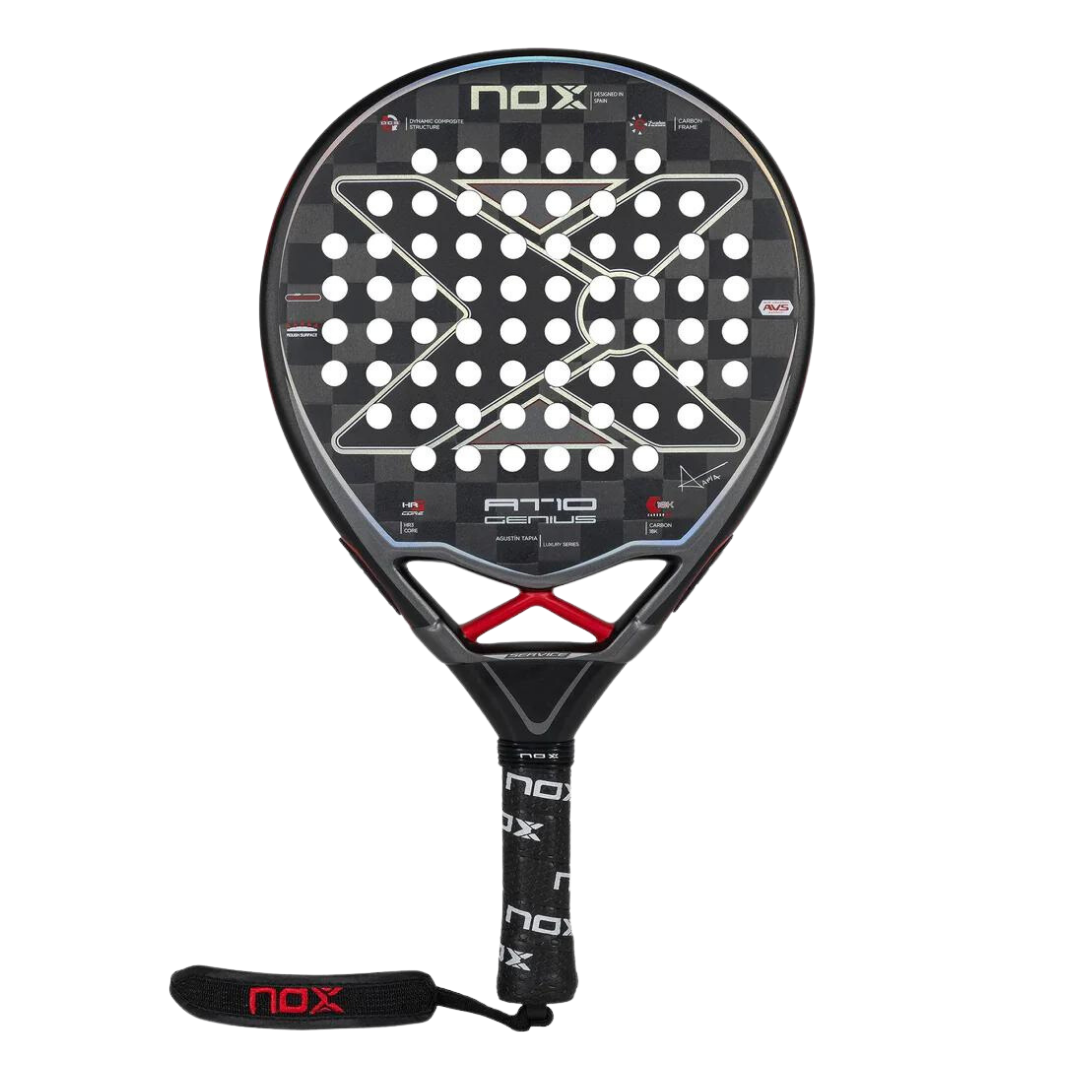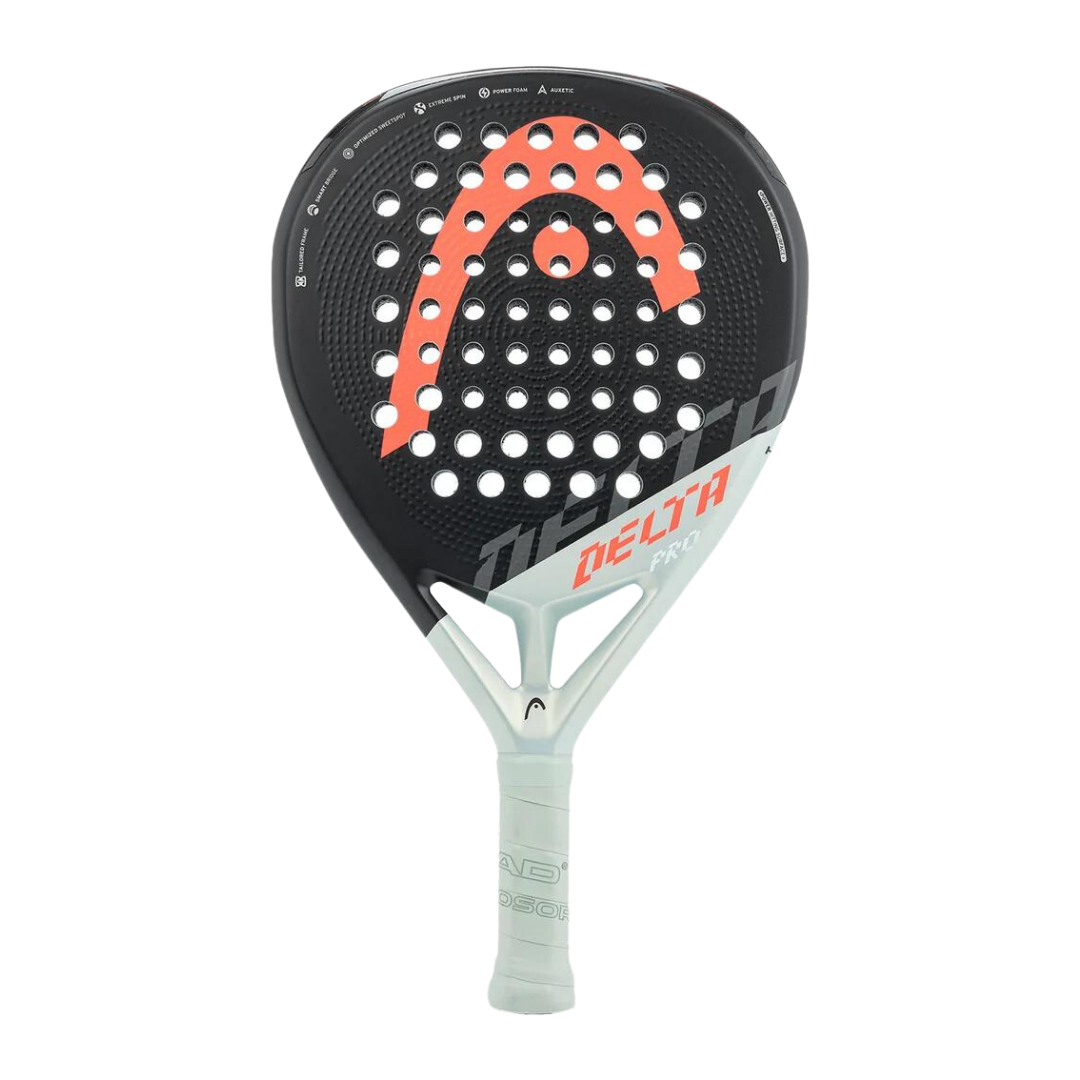Description of the different player ratings or levels to help players identify themselves
Introduction: Importance of knowing one’s padel level
Are you wondering what your padel level is?
If you’re reading our reviews, you will notice that at Padel.FYI, we categorize our racket review suggestions based on player level. This is because advanced rackets offer additional control and power to players who have sufficient precision and strength to play with these rackets.
Maybe you have a tournament coming up and you need to determine at which level you should enter.
Or maybe you’re traveling and you’d like to be able to enter the right Whatsapp group at the new club.
Or maybe you’re just getting started with padel as your first racket sport and you’d like to see what your level is to focus on where you can improve.
In all of these cases, it’s very helpful to be able to indicate what level you play at. In this article, we’ll go over the different levels, and styles of play, and guide you and how to improve your level.
The following is partially a translation and adaptation of Padel Münster’s Wie beurteile ich mein Spielniveau? (How do I judge my playing level?).
Padel levels overview
The proliferation of different level systems in padel is a joke. I’m in a different level schema for each padel club Whatsapp group I’m in. A similar mess exists in tennis. We’ve tried to summarize and unite in the image above.
There are 4 broad categories of players: Recreational beginners, intermediate players, advanced players, and professional players. The most common international system categorizes players on a scale from 1.0-7.0. This system is borrowed from the USTA-created National Tennis Ranking System (NTRP).
In summary, beginners focus on getting their shots in, intermediate players focus more on technique, advanced players focus on tactics, and pro players focus on psychology and fitness.
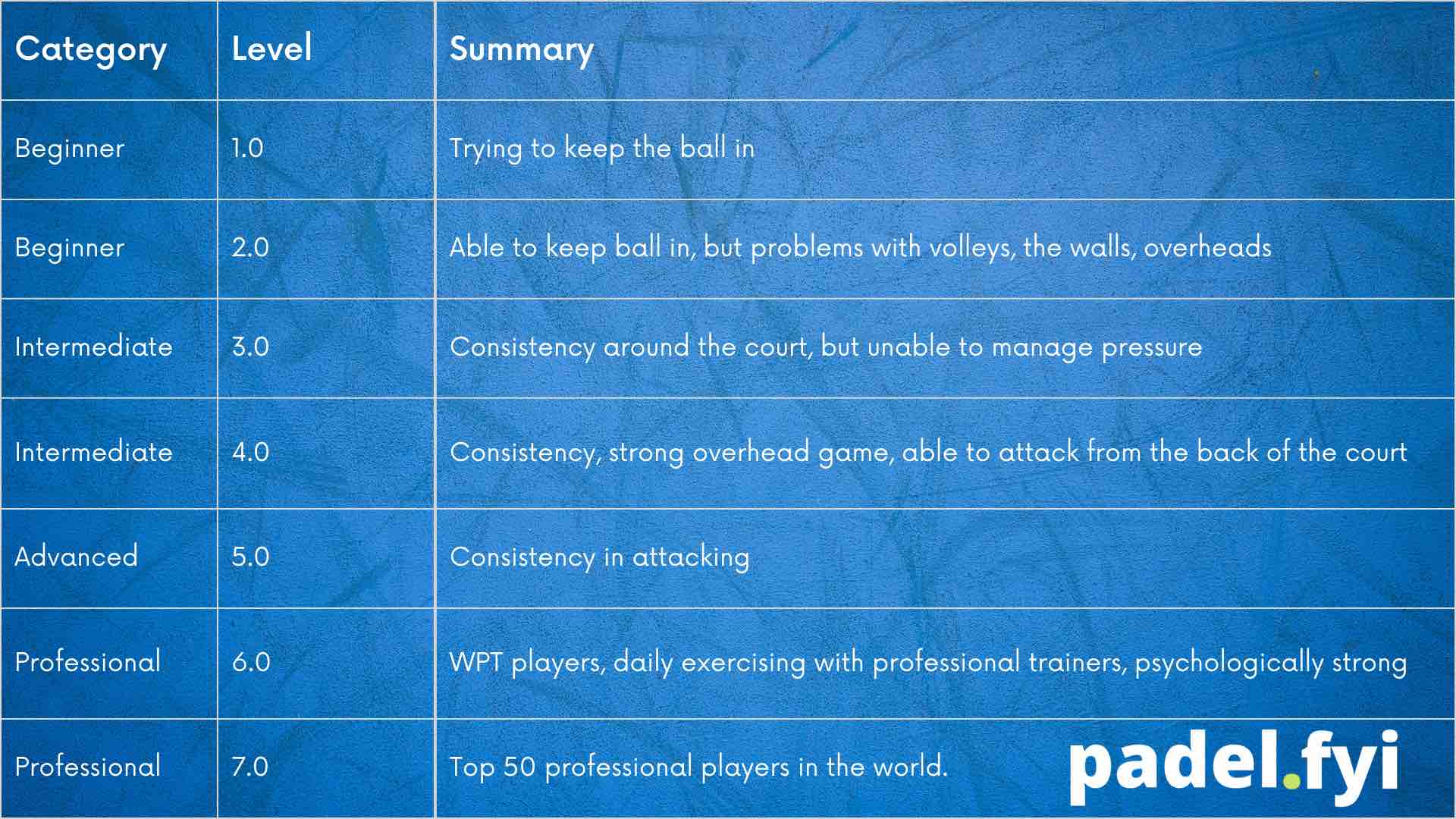
Padel levels overview
The proliferation of different level systems in padel is a joke. I’m in a different level schema for each padel club Whatsapp group I’m in. A similar mess exists in tennis. We’ve tried to summarize and unite in the image above.
There are 4 broad categories of players: Recreational beginners, intermediate players, advanced players, and professional players. The most common international system categorizes players on a scale from 1.0-7.0. This system is borrowed from the USTA-created National Tennis Ranking System (NTRP).
In summary, beginners focus on getting their shots in, intermediate players focus more on technique, advanced players focus on tactics, and pro players focus on psychology and fitness.
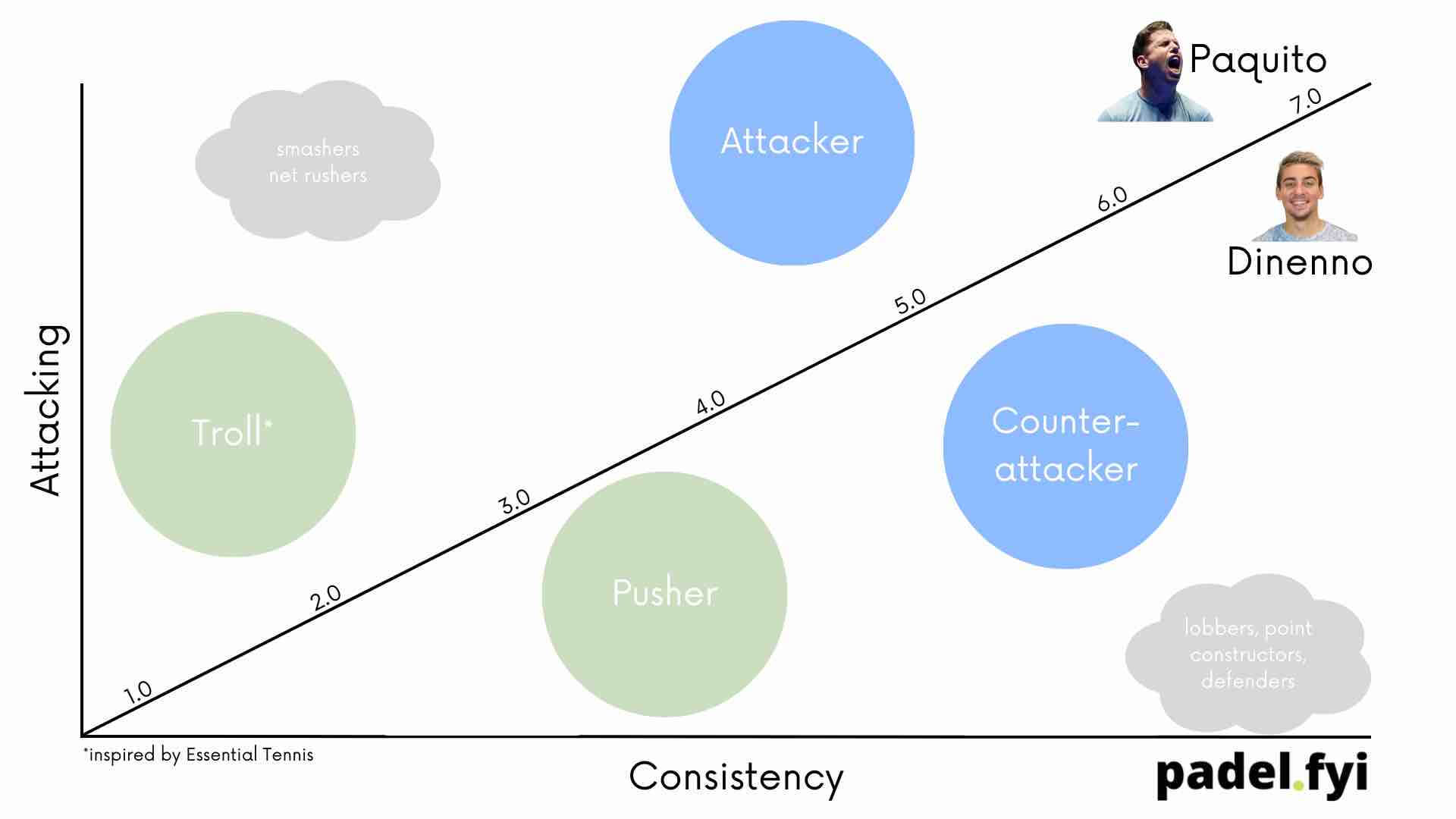
| Category | Level | Play |
|---|---|---|
| Beginner | 1.0 | Trying to keep the ball in |
| Beginner | 2.0 | Able to keep ball in, but problems with the walls |
| Intermediate | 3.0 | Able to keep long rallies, problems with walls, point construction mistakes |
| Intermediate | 4.0 | Consistency, strong overhead game, able to attack from the back of the court |
| Advanced | 5.0 | Consistency in attacking, unpredictable tactics |
| Pro | 6.0 | A1, WPT professional players, daily exercising with professional trainers, psychologically strongd |
| Pro | 7.0 | Top 50 professional players in the world. |
| We will focus our discussion on the recreational level. |
If you’re reading this article, you likely sit somewhere in beginner or intermediate, so we’ll dive into those now.
Styles of play
As a player develops, they naturally develop a strength toward a particular style of play. Maybe they come from tennis and they have a tendency to rush the net and smash every ball or maybe they came from ping pong and they play with a lot of slice.
These characteristics will naturally be accentuated as a player improves their abilities, so we’ve borrowed thinking from the Essential Tennis Youtube channel to place playing style into our rating chart.
Because players generally gravitate toward developing their game more in either the attack or defense and consistency, we’ve included this in the rating chart. Of course, as a player improves, in general, they will become better in both the attack and the defense, but because players generally favor one over the other, we included it in the visualization.
Disclaimer
The rating scale can therefore only provide guidelines and serve as a basis for discussion. You get a better assessment by playing many matches against different opponents. If you know their level, you can classify yourself relative to it.
Of course, any summary list like this is a simplification and thus should be taken with a grain of salt as most players excel at certain categories of the game before or after others.
Our top rackets for beginner padel players
black-crown
Pitón 11 Soft
Beginner to advanced players looking for a versatile racket with medium touch
kuikma
PR990 Precision Soft
Players seeking a comfortable, maneuverable round racket
babolat
Counter Vertuo
Characteristics of beginner padel players
Level 1.0
Level 1.0 players have just picked up a padel racket. These players are working through the basics of hand-eye coordination, footwork, and shot familiarity.
| Category | Description |
|---|---|
| Forehand | Has trouble keeping the ball in play with his forehand, even at low speeds |
| Backhand | Nearly always mistakes |
| Serve | Struggles to hit the serve in |
| Volley | Has no volleying ability, so player remains at the back of the court |
| Wall | Nearly always mistakes when trying to hit balls rebounding off the wall |
| Overheads | Nearly always mistakes |
| Lobs | Not played correctly or intentionally |
| Tactics | Knows the basic rules of the game, but does not understand how to play tactically |
Level 2.0
At level 2.0, players are familiar with the types of shots in the game but are very inconsistent. The walls are very difficult.
Backhands are challenging. Timing on volleys and overheads is challenging.
They try to target open spaces in the court to varying degrees of success. Shots are generally bouncy.
| Category | Description |
|---|---|
| Forehand | Better positioning, few mistakes at slow playing speeds |
| Backhand | Avoids the backhand most of the time because it is inconsistent |
| Serve | Plays a more aggressive first serve |
| Volley | Uncomfortable at the net, but some success with easy forehand volleys |
| Wall | Problems but some success on slow balls |
| Overheads | Smashes often with inconsistent success |
| Lobs | Tries lobs, but they are often not hit properly |
| Tactics | Improper positioning, frequently in no man’s land |
Characteristics of intermediate padel players
Level 3.0
We consider jumps from one major level to the next logarithmic, like the Richter scale. And there is a big jump from 2.0 to 3.0. These players have dramatically improved their consistency while adding control and power to their shots. Many good tennis players who start padel enter the game around this level as they have brought with them their footwork (looking at you, split steppers), hand-eye coordination, and strokes.
3.0 players have started to use flat, slice, top spin, and side spin shots to their advantage.
There is still room for growth in the consistency of their volleys and overheads.
They use the lob extensively to various aims.
| Category | Description |
|---|---|
| Forehand | Usually hits medium-fast balls successfully; tries to put pressure on the opponent |
| Backhand | Can hold long rallies with simple backhands at medium pace |
| Serve | Consistent well-placed (glass or on the “T”) first serve |
| Volley | Uses the split step, and can keep up volley battles at medium speed |
| Wall | Comfortable with flat medium speed balls |
| Overheads | Bandeja played with consistency, sometimes smashes winners |
| Lobs | Few mistakes on forehand lobs |
| Tactics | Moves ok with their partner, but sometimes creates gaps in the court for their opponents to exploit |
Level 4.0
Another large jump to reach 4.0. These players have improved their consistency around the court. They are especially capable of turning defensive situations into attacking opportunities. Their game has transitioned from one to get the ball in to “be unpredictable” while consistent.
Their overhead game is diverse and leveraged with intelligence. They take advantage of the split-second hesitations of their opponent. Fitness is important.
Our top rackets for intermediate padel players
nox
ML10 Pro Cup Luxury
Intermediate players seeking versatility, maneuverability, control and a medium touch
oxdog
Ultimate Tour
Intermediate point builders seeking versatility and agility
starvie
Raptor Evolution
Intermediate players seeking good power and a large sweet spot
| Category | Description |
|---|---|
| Forehand | Appropriate use of the chiquita and aggressive forehand slice |
| Backhand | Masters backhand blocks and becomes increasingly comfortable on defense at medium pace |
| Serve | Confident serves with variable speed, spin, and placement |
| Volley | Varies volley direction, depth, speed, and spin |
| Wall | Skillful play of the walls and corners |
| Overheads | Comfortable with the Bandeja and the Vibora |
| Lobs | Effective and frequent use of lobs |
| Tactics | Understands the difference between the right and left side of the court; constructs points with patience |
| |
Characteristics of advanced padel players
Level 5.0
Level 5.0 players are playing at the highest recreational level. These players have a nearly perfect technique in all of the shots of the game. They know how to apply all of the strategies.
Here the game becomes increasingly about psychology and tactics compared to technique. Games are planned
| Category | Description |
|---|---|
| Forehand | Returns balls placed by opponents with increasing control and power and/or spin |
| Backhand | Returns difficult balls played with speed and spin safely and purposefully |
| Serve | Second serve also has pressure and rarely double faults |
| Volley | Attacks opponents’ weaknesses with aggressive volleys |
| Wall | Comfortable with the wall, chooses shots judiciously based on opponents’ position |
| Overheads | Ends rallies with a kick smash (x3) or flat smash (x4) |
| Lobs | Plays well-placed lobs with a low error rate |
| Tactics | Recognizes and anticipates opponents’ tactics and adjusts accordingly with their partner |
Our top rackets for advanced padel players
starvie
Metheora Dual
Advanced control players seeking max control and a hard touch
nox
AT10 18K Luxury Genius
head
Delta Pro
Advanced smashers with strong arms seeking maximum power
Professional
Level 6.0
| Category | Description |
|---|---|
| Forehand | Master of all forehand variations, including precise blocks and slice shots |
| Backhand | Makes few unforced errors and can attack with the backhand |
| Serve | Over 80% successful first serves, nearly 0% mistake on second serves |
| Volley | Power at the net to immediately exploit the smallest inaccuracies of the opponent |
| Wall | Takes advantage of the wall defensively and offensively with very few mistakes |
| Overheads | Masters all overhead shots including fake smash, backhand smash, rulo, and flat smashes |
| Lobs | Can confidently play a lob from any game situation that forces the opponent onto the defensive |
| Tactics | Flexibly adapts the playing style to external factors (age of the balls, temperature, sun, shape of the partner, etc.) |
Level 7.0
Level 7.0 is composed of the top 30-50 players in the world. Our table doesn’t represent their game play as it exists in unpredictability and extremes.
Psychology, fitness, and adaptability are more important than technique because the perfect technique is assumed across all shot categories. They create new shots only the fly for new scenarios they find themselves in.
They quickly understand and exploit the weakness of their opponents.
Their combination of perfect technique, tactical genius, and strong psychology makes them the most entertaining players to watch.
Advantages of knowing your padel level
Now, it should be clear: what level you have and what you can work on to take your game to the next level. It should be easier now to register for the appropriate group in upcoming tournaments. Additionally, you can search for a partner at your level who complements your abilities.
Improving your level
Contrary to what many players do, training is usually required to improve your level. While at the beginning of your time playing padel, you can improve quickly if you have experience in racket sports, this improvement can also bring in bad habits that you will have to work to fix later on.
To improve your padel level, you should train nearly as much as you play matches. Only in training can you fill in the gaps in your abilities and improve on your strengths. A coach should provide personalized observations and suggestions to help you improve your game. Also, there’s nothing like hitting a certain shot 50 times in a row to build the muscle memory to do it correctly on match day.
Also, don’t skip training outside of the court. Physical fitness becomes increasingly important as players get closer to an advanced level. Essential Tennis describes beginner attacking-oriented players as “Trolls”. You know, the guy that smashes with a 10% success rate, but is still smiling about his one successful smash from the last match.
Beginner defense-oriented players are called “Pushers”. These players just pop the ball over the net all day long and wait for their opponent to make a mistake.
Martin di Nenno is an example of a professional defense-oriented player, while Paquito Navarro is an example of a pro attacking player.
In Padel, you’ll note that with two right-handed players, the left-side player will get the balls in the middle, so they will take the lobs there, smashing when they deem appropriate. As a result, many attacking players naturally gravitate to playing on the left side. Nevertheless, many of these “Trolls” cannot smash.
Being aware and honest with yourself regarding your strengths and weakness will help you improve your game.
The right racket
We recommend players select their racket based on their level and playing style.
Rackets are made for the beginner, intermediate, and advanced levels. Beginners will struggle with the small sweet spot and low ball output of advanced rackets.
Rackets are also targeted for control, versatile, and power-oriented playing styles. Normally indicated by their shape, respectively, round, hybrid/teardrop, and diamond.
All else being equal, we suggest players choose their racket based on these criteria.
Read more in our article, How to Choose a Padel Racket (link below).
Frequently Asked Questions
How do I know my padel level?
Beginners, level 1.0-2.5, are trying to keep the ball in. Intermediate players, level 3.0-4.5, are improving consistency. Advanced and pro players, level 5.0-7.0, have consistency in the attack and extreme mental and physical strength.
How do I improve my level in padel?
Train as much at least as much as you play matches with a coach who can point out how to improve your technique and tactics.
Frequently Asked Questions
How do I know my padel level?
Beginners, level 1.0-2.5, are trying to keep the ball in. Intermediate players, level 3.0-4.5, are improving consistency. Advanced and pro players, level 5.0-7.0, have consistency in the attack and extreme mental and physical strength.
How do I improve my level in padel?
Train as much at least as much as you play matches with a coach who can point out how to improve your technique and tactics.

